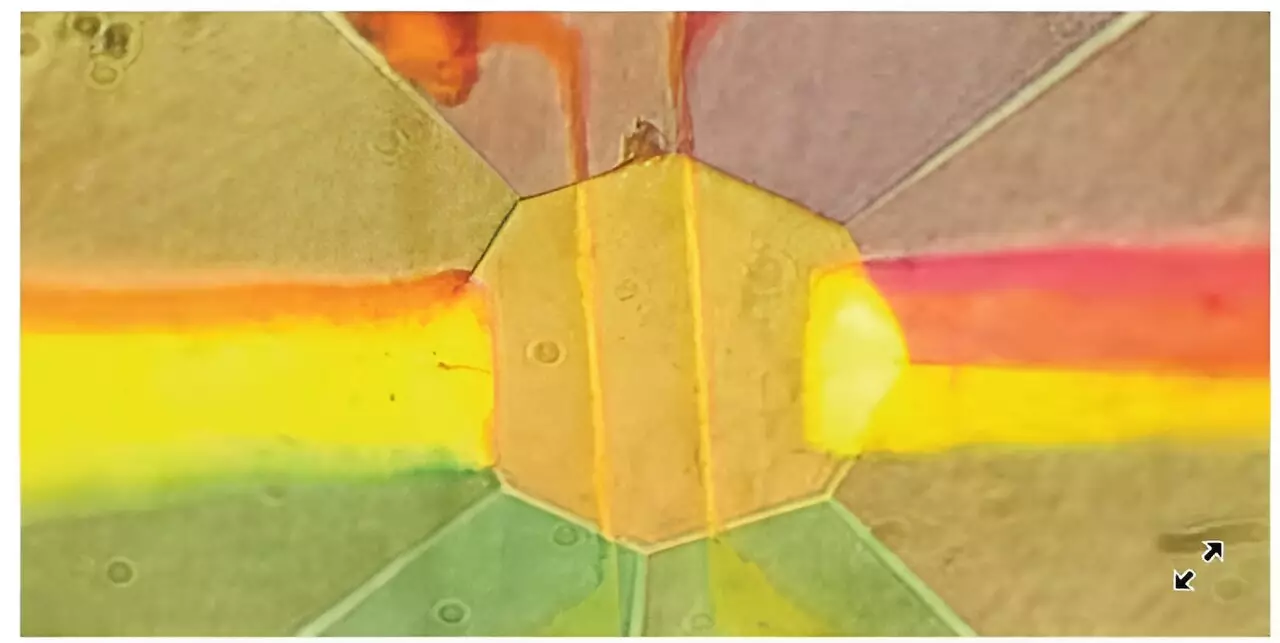The phenomenon of superconductivity was first unearthed in 1911 by Dutch physicist Heike Kamerlingh Onnes. His groundbreaking discovery involved metallic mercury, which became superconductive—conducting electricity without any resistance—when cooled to a frigid temperature of 4.2 Kelvin. This pivotal moment initiated an ongoing quest within the scientific community to explore other materials that might exhibit superconductivity at higher temperatures. Scientists have envisioned a future where room-temperature superconductors could revolutionize power transportation and storage. Yet, achieving this vision has been fraught with challenges, particularly when dealing with the complexities of high-pressure environments, which often alter the fundamental properties of materials.
The Quest for High-Temperature Superconductors
As research into superconductors evolved, scientists discovered that many elements could transition into superconducting states under extreme conditions. Historically, the pursuit of these materials has been hampered by the intricacies involved in measuring their superconducting properties while subjected to high pressures. These pressures, sometimes exceeding 90 gigapascals (GPa)—almost a million times the standard atmospheric pressure—can lead to significant transformations in the electronic structures of elements like sulfur, which can morph from a non-metal to a metal before exhibiting superconductivity at low temperatures.
The recent study conducted by a collaborative team from Germany and the United States sheds new light on this intricate behavior of superconductors at high pressures. By utilizing advanced measurement techniques, researchers have illuminated the superconducting state of sulfur under unprecedented conditions, questioning the limits of traditional scientific understanding while igniting hope for future innovations in material design.
Innovative Measurement Techniques
The novel method was facilitated by a diamond anvil cell—an ingenious device capable of exerting immense pressures onto minuscule samples. By harnessing the remarkable hardness and transparency of diamonds, researchers could delve deeper into the realm of superconductivity at pressures exceeding 200 GPa, and at low temperatures around 17 K, the electrons within sulfur began to pair up in a process known as Cooper pairing. Understanding the dynamics of these Cooper pairs serves as a critical link in unraveling the mechanisms behind superconductivity.
To analyze sulfur effectively, scientists have incorporated tunneling spectroscopy, a technique that involves studying the behavior of electrons as they tunnel through an insulating barrier between two conductors. Traditionally, constructing a tunneling junction at high pressures has been challenging; however, the innovation brought about by placing these junctions directly within the diamond anvil cell streamlines the investigation of superconducting properties. This novel in situ fabrication method empowers researchers to push the boundaries of high-pressure measurement, enabling them to investigate various materials that were once thought to be elusive.
The Implications of Superconductivity Research
The implications of these findings are profound, particularly as they relate to our understanding of superconducting mechanisms at both high and ambient temperatures. As noted by Feng Du from the Max Planck Institute for Chemistry, this research not only acts as a microscope for scrutinizing superconductivity but also propels the field towards the tantalizing possibility of designing room-temperature superconductors. Presently, many applications could benefit immensely from efficient and lossless electricity transport, including but not limited to electric grids, transportation systems, and advanced imaging technologies.
Furthermore, these advancements open the door to exploring exotic materials that have yet to be understood, such as hydrides and nickelates—each with their unique properties and potentials. By pushing the boundaries of high-pressure superconductivity research, scientists are not just attempting to replicate existing theories but are actively shaping the future of material science.
Exploration Beyond Sulfur
The excitement surrounding sulfur’s superconductive capability is merely the beginning. The research team is keen to apply their innovative technique to other materials, potentially uncovering new superconductors that could lead to further breakthroughs. Investigating the ‘genes’ of high-temperature superconductors could very well illuminate pathways to achieving the long-sought room-temperature superconductors—a formidable milestone that represents a paradigm shift in electrical engineering and material science alike.
The exploration of superconductivity invites a future filled with transformative possibilities. As researchers unveil the intricate dance of electrons under extreme conditions, a new era in material science is unfolding—one that holds the promise of high-performance materials that could spark a revolution in energy efficiency and technology. The pursuit of knowledge, after all, is a journey driven by curiosity and aspiration, of which the realms of superconductivity may unveil the most remarkable tales yet.


Leave a Reply